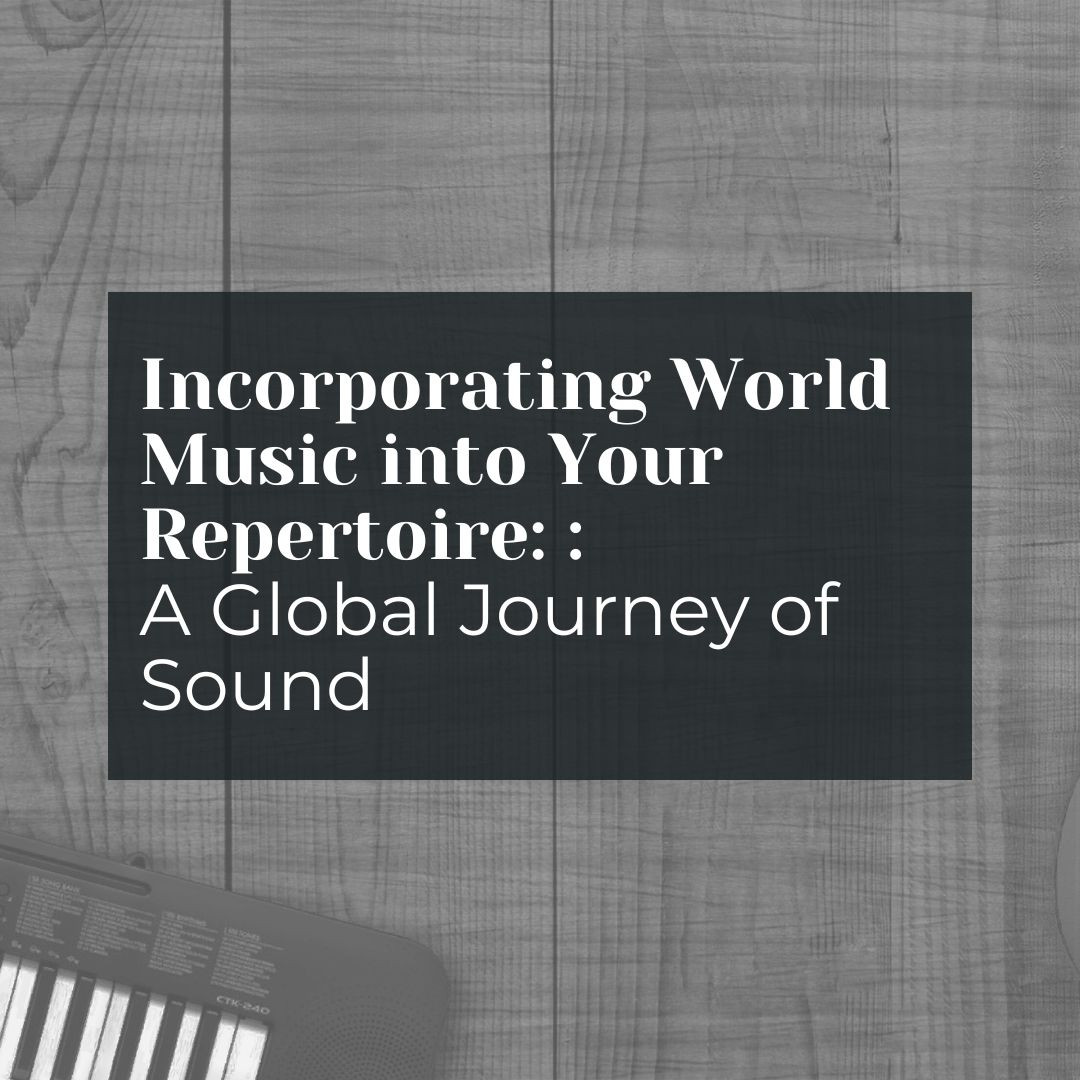
Music has a remarkable way of transcending borders, uniting people, and evoking memories we carry for a lifetime. For artists seeking to stand out, adding world music elements into their repertoire is a dynamic approach that can deepen audience connection and expand creative possibilities. This article explores how to integrate these cultural influences, from exploring lesser-known scales and rhythms to collaborating with global musicians. By showing genuine respect for each tradition and blending these styles in a way that suits your own sound, you can forge a path that feels both fresh and meaningful to listeners everywhere.
In keeping with the vibrant and inclusive nature of world music—and acknowledging its growing presence in the digital age—this piece focuses on best practices for weaving global inspirations into your own sonic tapestry. A thoughtful balance of curiosity and respect for each tradition paves the way for a repertoire that resonates with a wide range of audiences.
Understanding World Music
What “World Music” Really Means
The phrase “world music” tends to evoke images of distant lands and unfamiliar instruments, but its scope is actually broader than many realize. Essentially, it refers to musical styles and traditions that originate outside the customary Western pop, rock, and classical frameworks. This vast umbrella includes the pulsating beats of Afro-Cuban salsa, the meditative tones of Indian ragas, the vibrant rhythms of Brazilian samba, the melodious twang of the Middle Eastern oud, and so much more. Each culture’s music carries distinct idioms, social values, and even spiritual beliefs that have evolved over centuries or millennia, making each tradition a treasure trove of creative inspiration.
Why World Music Matters
In a musical landscape often dominated by Western conventions, world music offers an open door to new scales, rhythms, forms, and instruments. Artists who explore these avenues frequently discover fresh ideas that spark renewed excitement for their craft. These musical discoveries aren’t just sonic novelties; they can offer a more profound artistic development. World music traditions also have an innate authenticity, reflecting cultural identities passed down through generations. Blending these elements can help you stand out in an oversaturated market and connect deeply with diverse audiences.
Benefits of Incorporating World Music
- Enrich Your Artistic Palette
Many Western-influenced songs rely on predictable time signatures and chord progressions. World music, on the other hand, teems with unexpected rhythmic patterns and microtonal scales. Adopting these unfamiliar elements can give your music a distinctive flavor that reinvigorates your creativity. - Foster Global Connections
Bringing in sounds from around the planet can help you build bridges to new listeners and fan communities. For instance, weaving in the keening tone of a Middle Eastern violin line or the pulsating Afrobeat rhythms from Nigeria can instantly resonate with listeners in those regions—or fans of those styles worldwide. - Expand Your Brand Identity
In a music industry filled with repetitive formulas, an artist who fearlessly experiments with world music can create a strong personal brand. This global outlook signals to fans and industry professionals alike that your vision is innovative and culturally aware. - Form Collaborative Relationships
Many artists find that the most effective way to learn about world music is by partnering with musicians native to those traditions. These collaborations can lead to lasting artistic partnerships and give you deeper insights into the cultural significance of the musical elements you want to embrace.
Notable Regional Influences
African Polyrhythms and Percussion
African music represents an incredibly diverse range of sounds and styles, reflecting the continent’s geographical and cultural breadth. West African drum ensembles emphasize intricate layers of percussion, while Congolese rumba blends guitars with unmistakable rhythmic drive. Artists who immerse themselves in African music often develop a more nuanced sense of groove, pulse, and syncopation. This approach can transform how you phrase melodies, arrange percussion, or even structure your tracks.
Middle Eastern Melodic Systems
Middle Eastern music has a system of scales called maqamat that features microtones not found in standard Western scales. This creates a melodic quality that many describe as both ethereal and deeply emotive. Instruments like the oud, qanun, and ney have a haunting timbre that can add cinematic depth to your compositions. Even if you don’t fully adopt these scales, a slight incorporation of quarter tones can give your work a mysterious or exotic flair.
Indian Classical Ragas and Tala
Indian music is rooted in ragas (melodic frameworks) and talas (rhythmic cycles). These elements encourage extended improvisation and emphasize subtle changes in pitch. Instruments like the sitar, tabla, and sarod are central to this tradition and add a spellbinding quality to modern tracks. For artists seeking to push beyond the usual major/minor frameworks, integrating the essence of a raga can open up an entirely new realm of melodic exploration.
Latin and Caribbean Rhythms
Latin America and the Caribbean islands offer a mosaic of styles: salsa, merengue, samba, bachata, cumbia, reggaeton, and beyond to the soca, calypso, and chutney rhythms. They often share a lively, dance-focused energy that can inject your songs with a feel-good vibe. Classic Afro-Cuban rhythms, in particular, highlight interlocking percussion patterns that invite spontaneity and crowd participation.
East Asian Musical Traditions
East Asia—including countries like China, Japan, and Korea—presents an array of pentatonic scales, subtle instrumental techniques, and unique timbres. Traditional Chinese ensembles, Japanese taiko drumming, and Korean pansori singing all come with their own rich histories and performance practices. Artists who explore these can bring a minimalist, graceful quality to their productions, or an explosive percussive element if they experiment with taiko.
Latitude28: A Case Study in Global Genre-Blending
A prime example of how global music can unite listeners is Latitude28, an ensemble that has creatively woven influences from Guyana, Trinidad, India, Brazil, South Africa, Cuba, Puerto Rico, and more into their work. By fusing melodic motifs, rhythmic patterns, and instruments from these diverse cultures, they connect with multiple communities on a far deeper level. Rather than confining themselves to one “world music” style, they blend a variety of traditions to craft something unique and inclusive. This approach not only piques the interest of audiences eager for fresh sounds, but also resonates with listeners who feel their cultural heritage is represented. The result? A powerful, genre-bending repertoire that transcends typical boundaries and truly amplifies their voice in the global music arena.
Approaching World Music with Respect
Cultural Literacy Matters
World music isn’t just a grab bag of interesting sounds; it’s tied to traditions, rituals, and beliefs that deserve thoughtful attention. Before adopting a rhythm or scale, take time to learn its origins and significance. Doing so allows you to work from a place of authenticity rather than mere novelty.
Acknowledge Your Influences
When you borrow elements from a particular culture, acknowledging those influences shows genuine respect and transparency. That could mean crediting specific regional traditions on album notes, posting a brief explanation on social media, or speaking about your inspirations during live shows.
Collaborate with Authentic Voices
Collaborations with artists who grew up immersed in certain traditions can help you capture the soul of world music. They can offer feedback on techniques, correct any misinterpretations, and share their cultural perspective. This synergy tends to produce music that resonates more powerfully with audiences.
Incorporating World Music into Your Repertoire
- Select One Culture or Style to Start
The global music scene is incredibly vast. Focusing on a single region initially—such as West African drumming or Brazilian samba—can make the learning process feel more manageable. Submerge yourself in that music, play along with recordings, and study historical contexts. - Adapt, Don’t Imitate
Let the global influences you admire inform your creativity without trying to replicate them exactly. The best fusions often occur when artists organically weave world music elements into their usual songwriting approach. This ensures your final product feels natural and truly “you.” - Experiment with Instruments or Samples
Authentic instruments like the oud, djembe, or sitar instantly transport listeners. If you can’t source these instruments physically or don’t play them yourself, look for high-quality samples or plugins. The key is to use them strategically, ensuring they integrate well with your existing style. - Explore Non-Western Structures
World music traditions may not conform to typical verse-chorus-bridge formats. Delving into cyclical structures, call-and-response setups, or improvisational passages can refresh your songwriting and performance approach. - Honor the Language If You Use It
Incorporating phrases or entire verses in a different language can be powerful, but make sure you do it carefully. Work with native speakers to ensure accuracy and cultural appropriateness, rather than relying solely on online translators.
Tools and Resources
Ethnomusicology Databases and Archives
Academic institutions and dedicated websites offer vast archives of field recordings, interviews, and analyses. These resources provide comprehensive insights and context, helping you better understand a tradition’s nuances.
Academic institutions and dedicated websites offer vast archives of field recordings, interviews, and analyses. These resources provide comprehensive insights and context, helping you better understand a tradition’s nuances.
YouTube, Streaming Platforms, and Podcasts
Whether it’s detailed tutorials on Indian tabla techniques or ethnomusicological discussions on Ghanaian highlife, YouTube and popular podcasts can offer valuable tips. Listening to world music playlists on streaming services can also expose you to new artists daily.
Whether it’s detailed tutorials on Indian tabla techniques or ethnomusicological discussions on Ghanaian highlife, YouTube and popular podcasts can offer valuable tips. Listening to world music playlists on streaming services can also expose you to new artists daily.
Workshops, Residencies, and Festivals
Many cities host cultural festivals or workshops featuring artists from around the world. Immersing yourself in these gatherings can accelerate your learning. If you have the time and resources, consider an artist residency in a region whose music captivates you.
Many cities host cultural festivals or workshops featuring artists from around the world. Immersing yourself in these gatherings can accelerate your learning. If you have the time and resources, consider an artist residency in a region whose music captivates you.
Collaborating and Networking
Cultural Centers and Associations
Look for cultural associations in your city or the nearest metropolitan area. These groups often host events that spotlight dances, music, and folklore. Participating in these communities allows you to meet local musicians, teachers, and enthusiasts.
Look for cultural associations in your city or the nearest metropolitan area. These groups often host events that spotlight dances, music, and folklore. Participating in these communities allows you to meet local musicians, teachers, and enthusiasts.
Remote Collaborations
Technology has made worldwide collaboration accessible. Platforms like Soundtrap or Zoom let you co-create with artists in real time, no matter the distance. This can be especially useful if you’re forging connections with musicians in countries whose music you’d like to explore.
Technology has made worldwide collaboration accessible. Platforms like Soundtrap or Zoom let you co-create with artists in real time, no matter the distance. This can be especially useful if you’re forging connections with musicians in countries whose music you’d like to explore.
Artist Exchange Programs
Some organizations sponsor exchange programs that bring international artists together. These opportunities can be life-changing, enabling you to experience the spiritual and communal context of the music first-hand.
Some organizations sponsor exchange programs that bring international artists together. These opportunities can be life-changing, enabling you to experience the spiritual and communal context of the music first-hand.
Presenting Your World Music-Inspired Creations
Set the Scene
When performing, stage design and lighting can reinforce the cultural elements in your music. If you’re working with influences from Brazil, for example, bright carnival-themed visuals can complement the sounds and elevate the overall experience for your audience.
Educate and Engage
Including a short explanation of the musical or cultural references in your set can invite audiences into your creative process. You don’t need a lengthy lecture—just a quick acknowledgment of where certain rhythms or instruments originate will spark curiosity and appreciation.
Balance Familiar and Foreign
Depending on your fan base, it might help to gradually integrate global elements instead of an abrupt change in style. This makes the transition smoother and helps listeners follow your artistic journey without feeling lost.
Overcoming Creative Blocks
Complexities of New Rhythms and Scales
World music often features unfamiliar time signatures and microtonal intervals that can challenge your ear. Break these down bit by bit, focusing on a single rhythmic pattern or melodic line before tackling the entire piece.
Concerns about Appropriation
Respectful fusion is different from exploitation. Thorough research, ethical collaboration, and genuine admiration for a culture can guide you toward respectful integration. If you sense an ethical dilemma, consult knowledgeable individuals and be ready to adjust your approach.
Fear of Criticism
Blending global elements might invite critique from purists or from those who question your authenticity. Draw on the insights of cultural experts, maintain transparency about your inspirations, and stay genuine about why you’re exploring these sounds.
Growing Your Musical Identity
Expanding your repertoire with world music doesn’t mean discarding what made you unique in the first place. Instead, it’s more like welcoming new voices to the conversation. Each new scale or rhythm you learn can add subtle shifts to your existing style, sparking creative breakthroughs you might not have found otherwise.
This growth also benefits your career. Because you’re offering something fresh, you’re more likely to grab the attention of festival organizers, booking agents, and global audiences. Your willingness to learn from different traditions can serve as a calling card, showing you’re an artist who values diversity, innovation, and authentic cultural engagement.
Making World Music Part of Your Artistic Legacy
World music can be the thread that stitches your creative aspirations to a vast cultural tapestry. By tapping into the pulse of nations around the globe, you reveal a broader spectrum of sound and emotion in your work. The key is approaching each new influence with humility and a genuine desire to learn—exactly the path Latitude28 took when fusing music from Guyana, Trinidad, India, Brazil, South Africa, Cuba, Puerto Rico, and other cultures. The deeper your understanding, the more powerful your music becomes, and the stronger your connection to audiences everywhere.
Motivation
Every note you incorporate from another tradition serves as a handshake across borders, fostering understanding and artistic growth. Keep exploring the global scene with curiosity and respect, and let that openness guide your next composition, performance, or collaboration. By reaching out to different cultural expressions, you’ll discover that music has the power to transform strangers into neighbors and novices into visionaries. The adventure is yours to shape, and every chord you strike can bring us all a bit closer together.
#WorldMusic
#GlobalSounds
#MusicFusion
#IndieArtistTips
#CulturalMusic
#SongwritingSecrets
#CreativeInspiration
#MusicCollaboration
#NewMusicAlert
#ExpandYourRepertoire
#GlobalSounds
#MusicFusion
#IndieArtistTips
#CulturalMusic
#SongwritingSecrets
#CreativeInspiration
#MusicCollaboration
#NewMusicAlert
#ExpandYourRepertoire

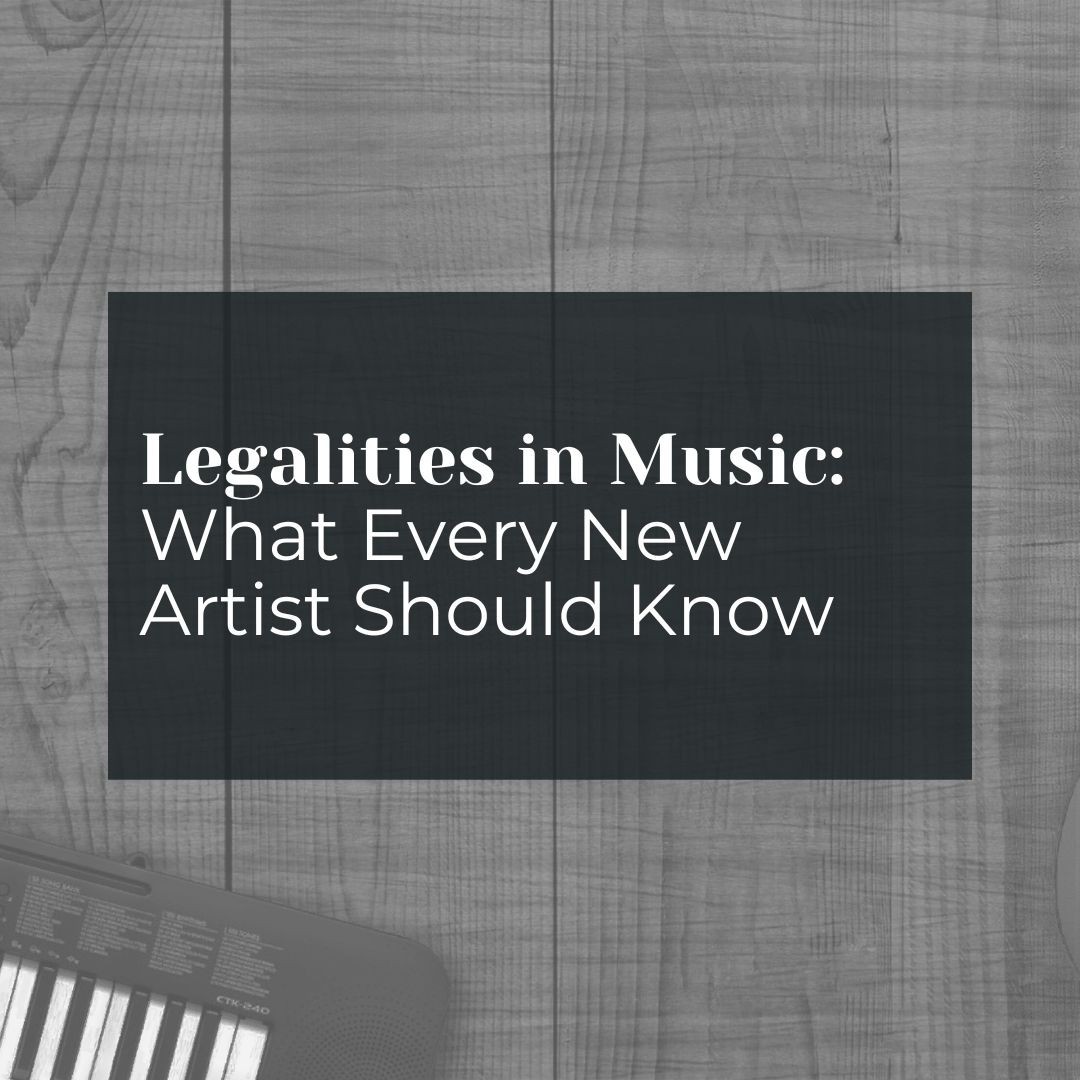
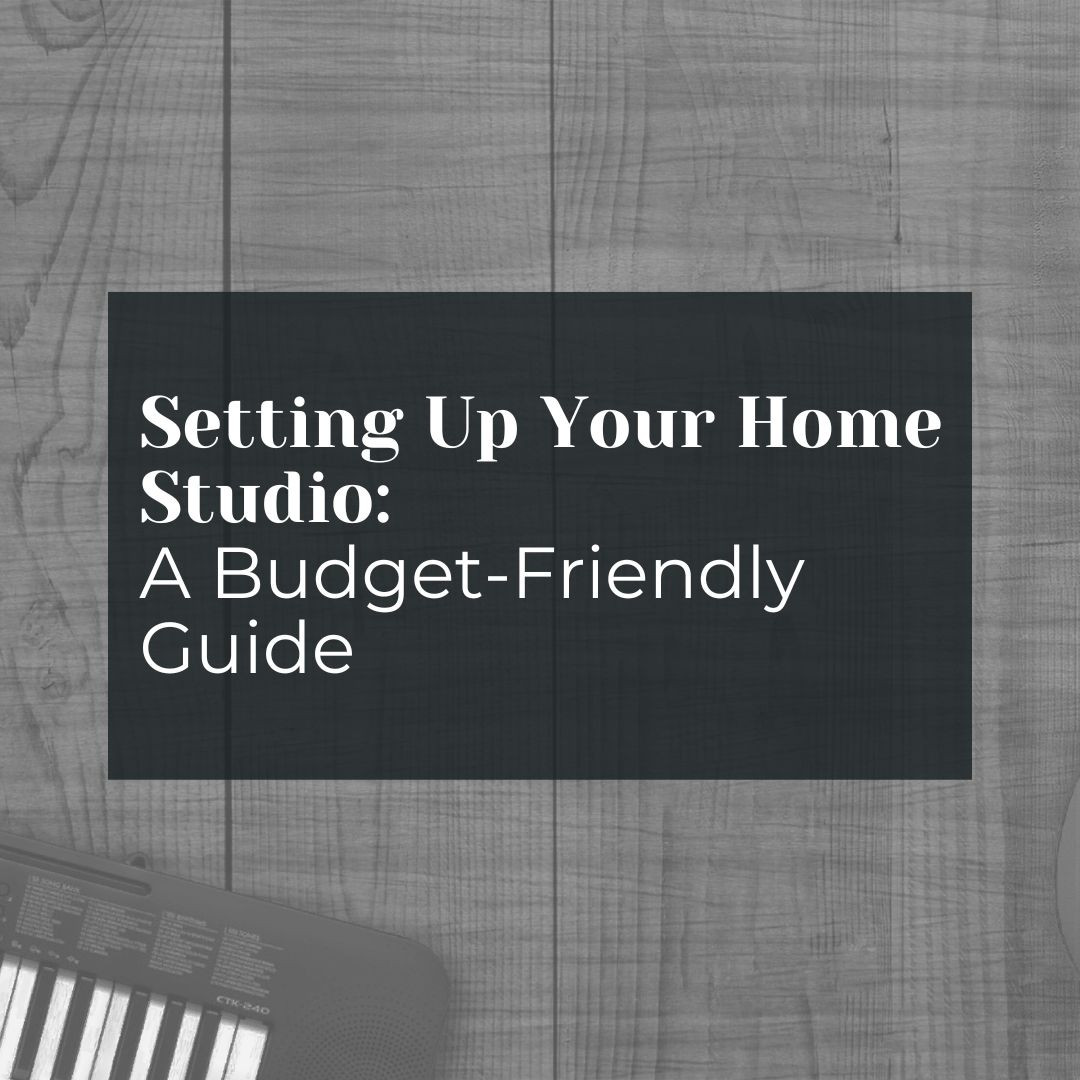
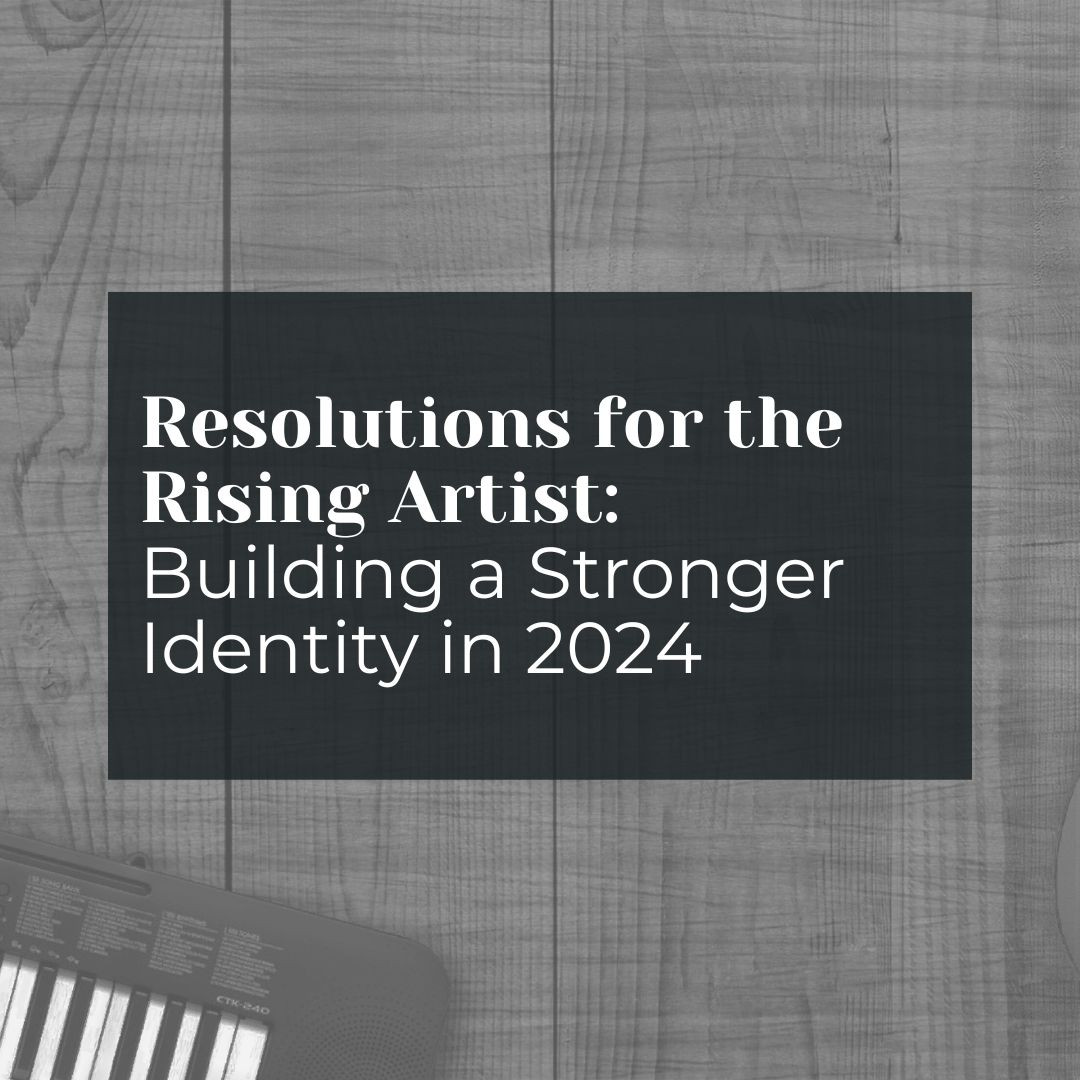


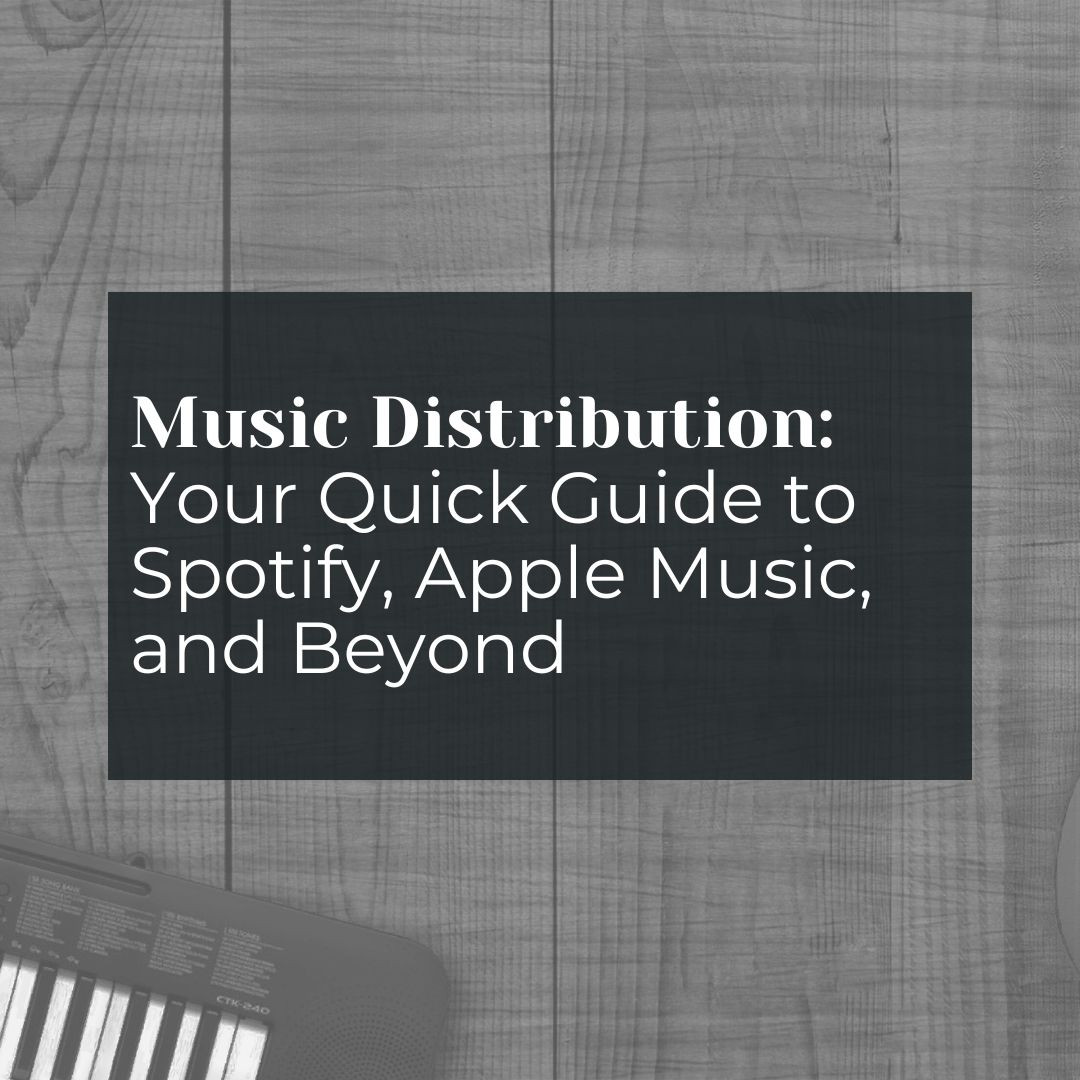
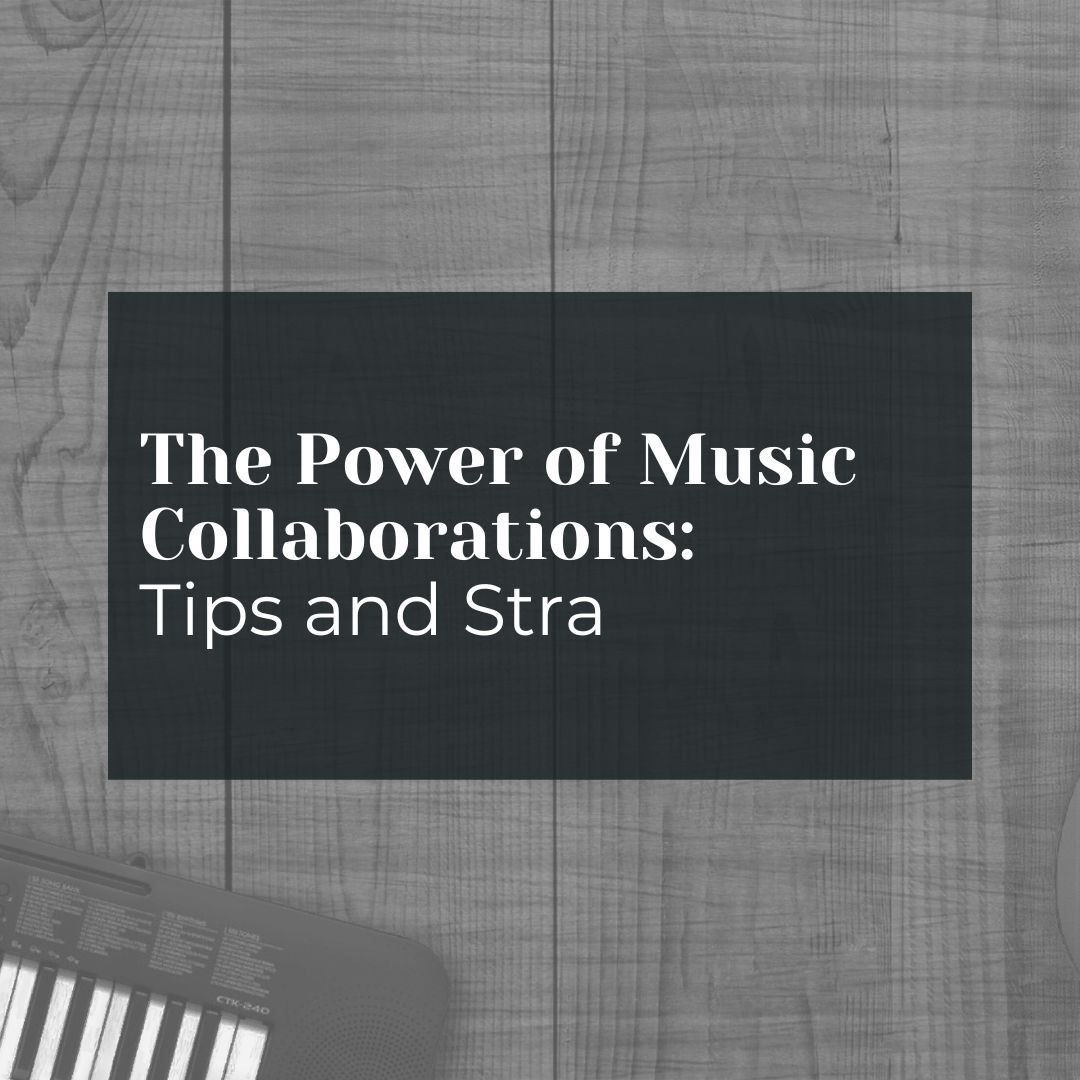

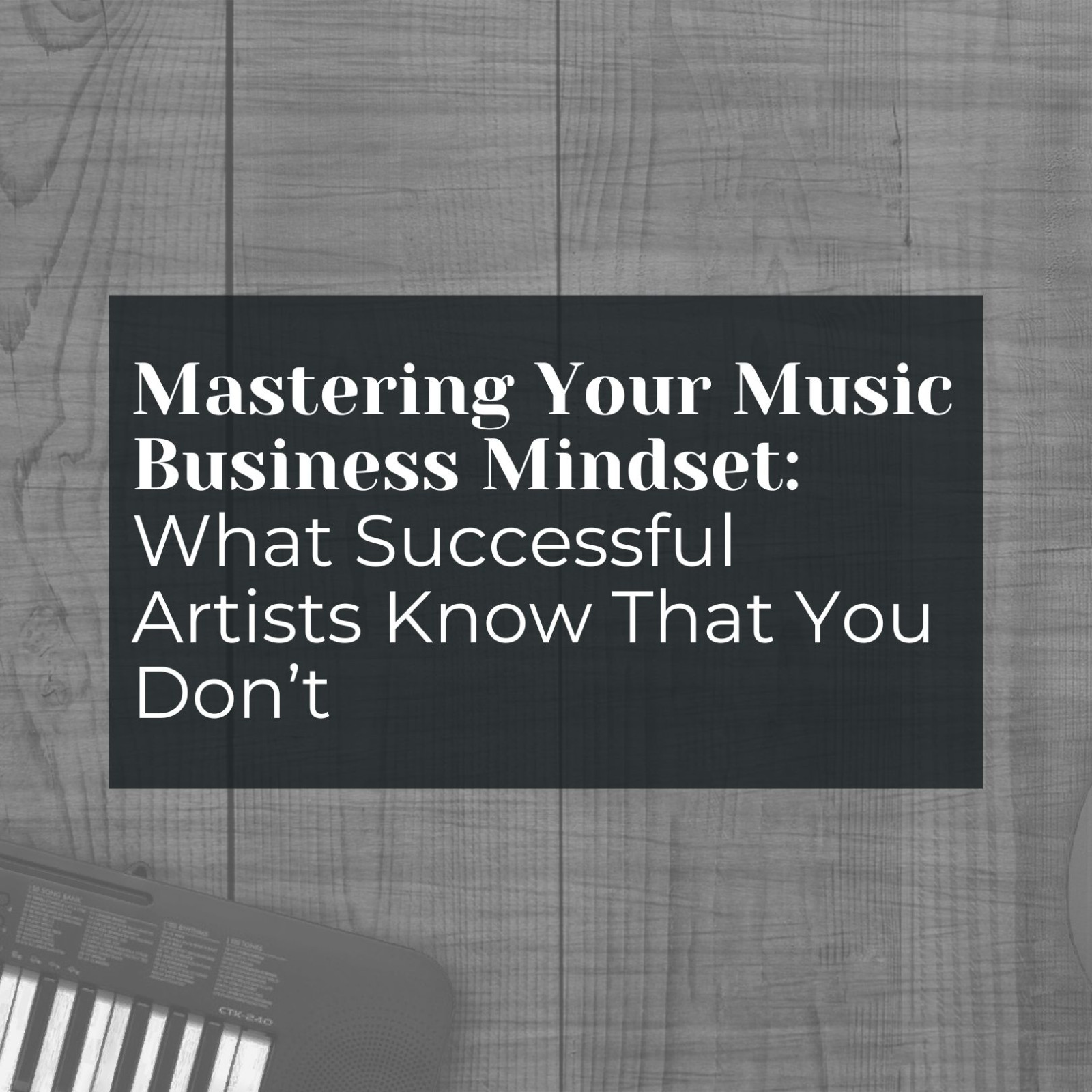
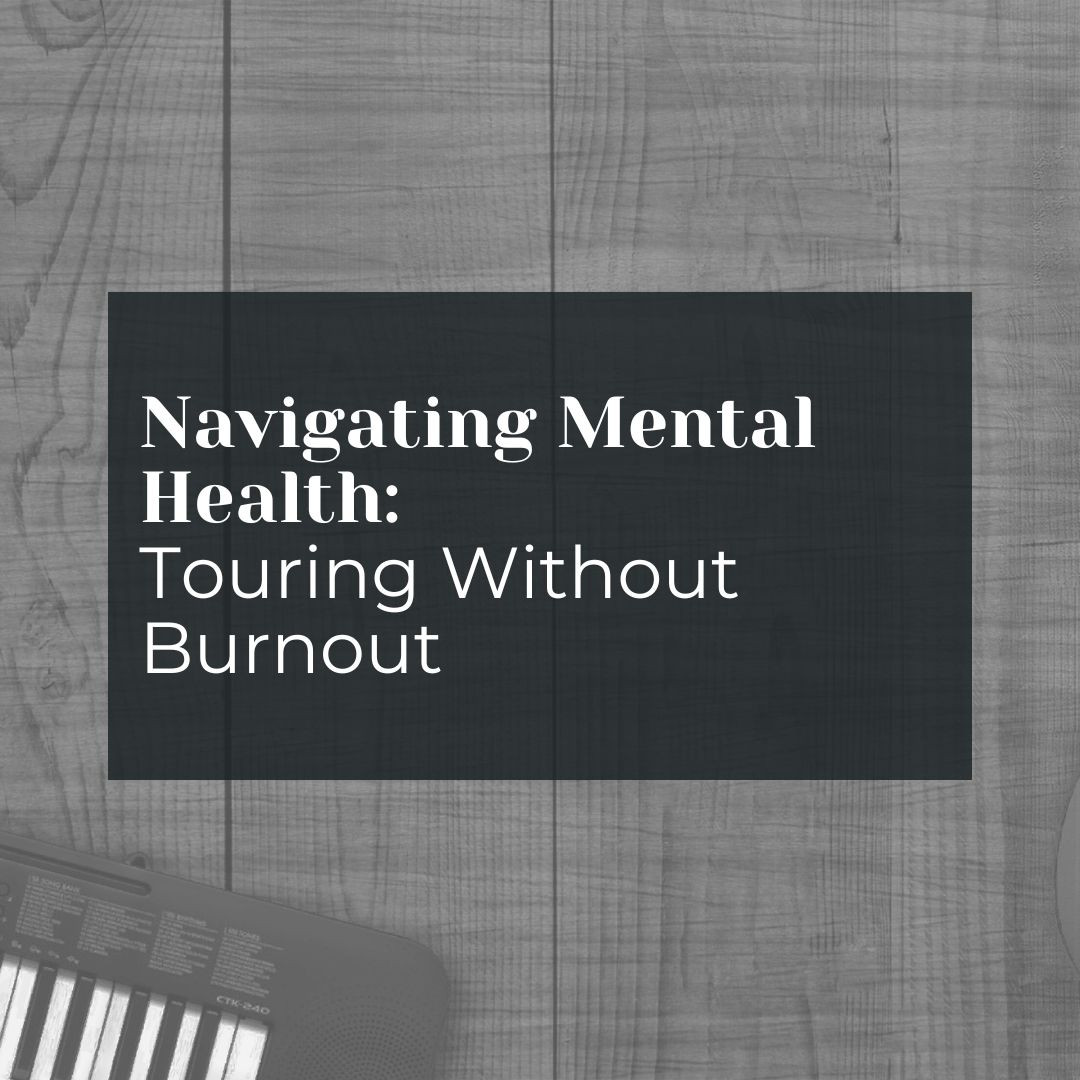
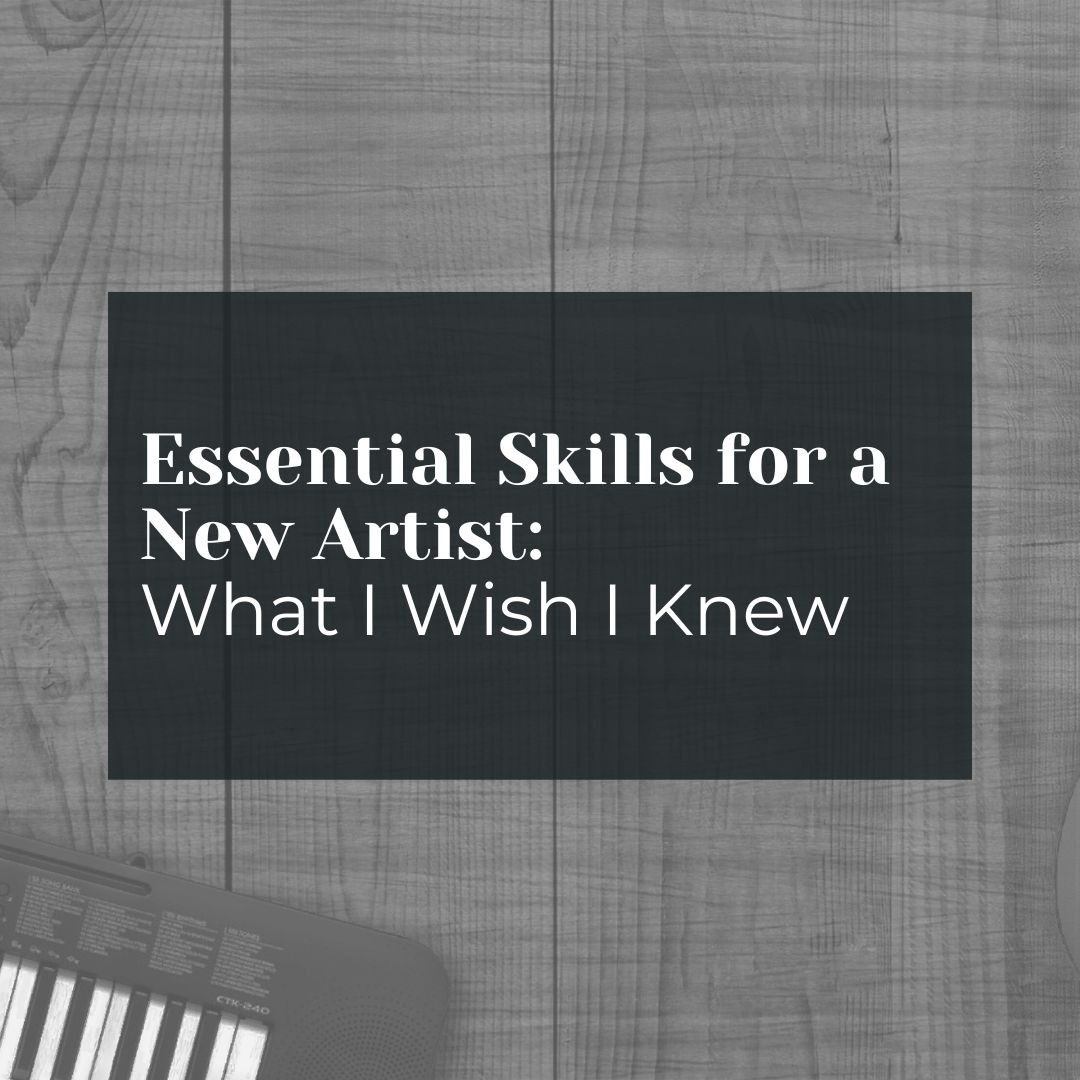
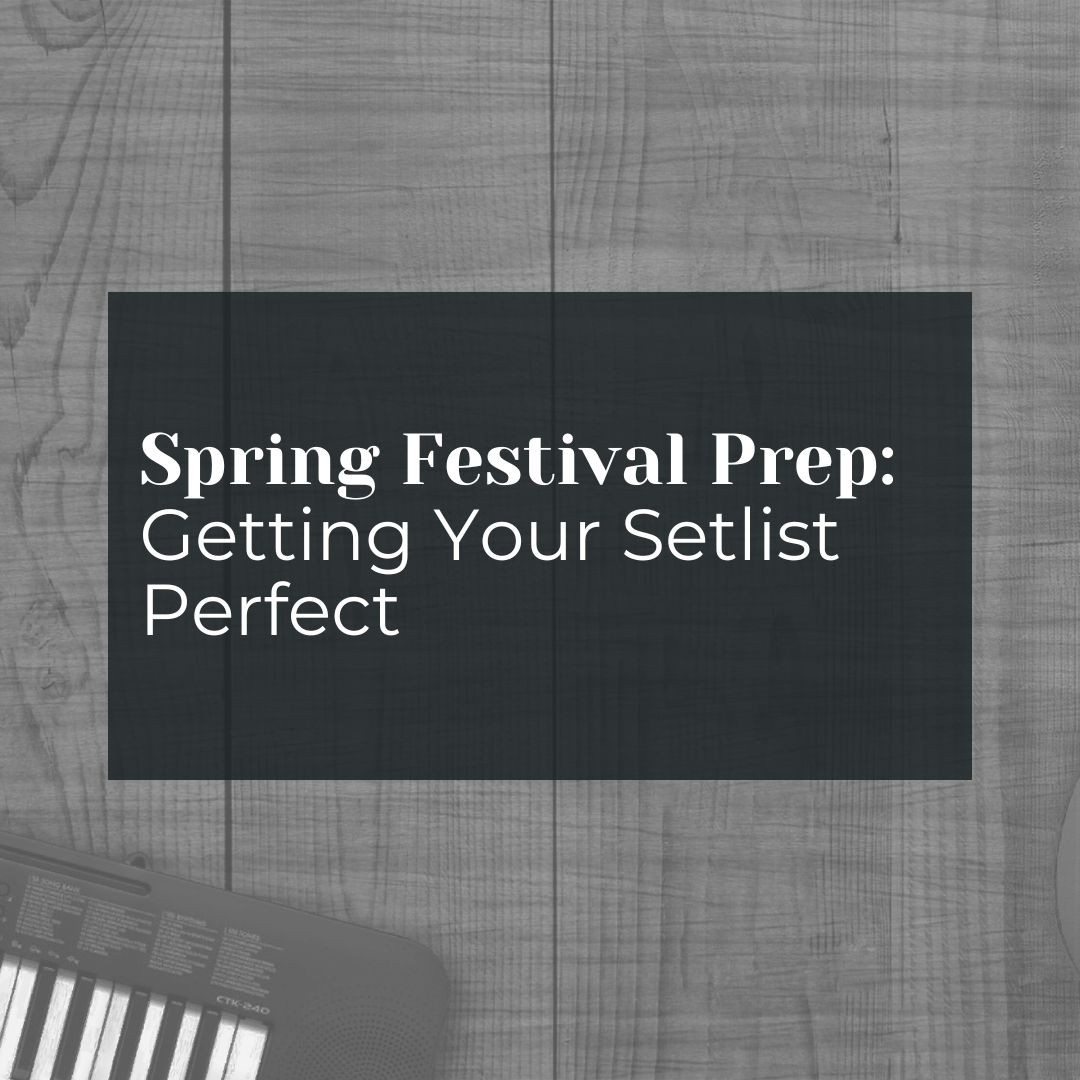
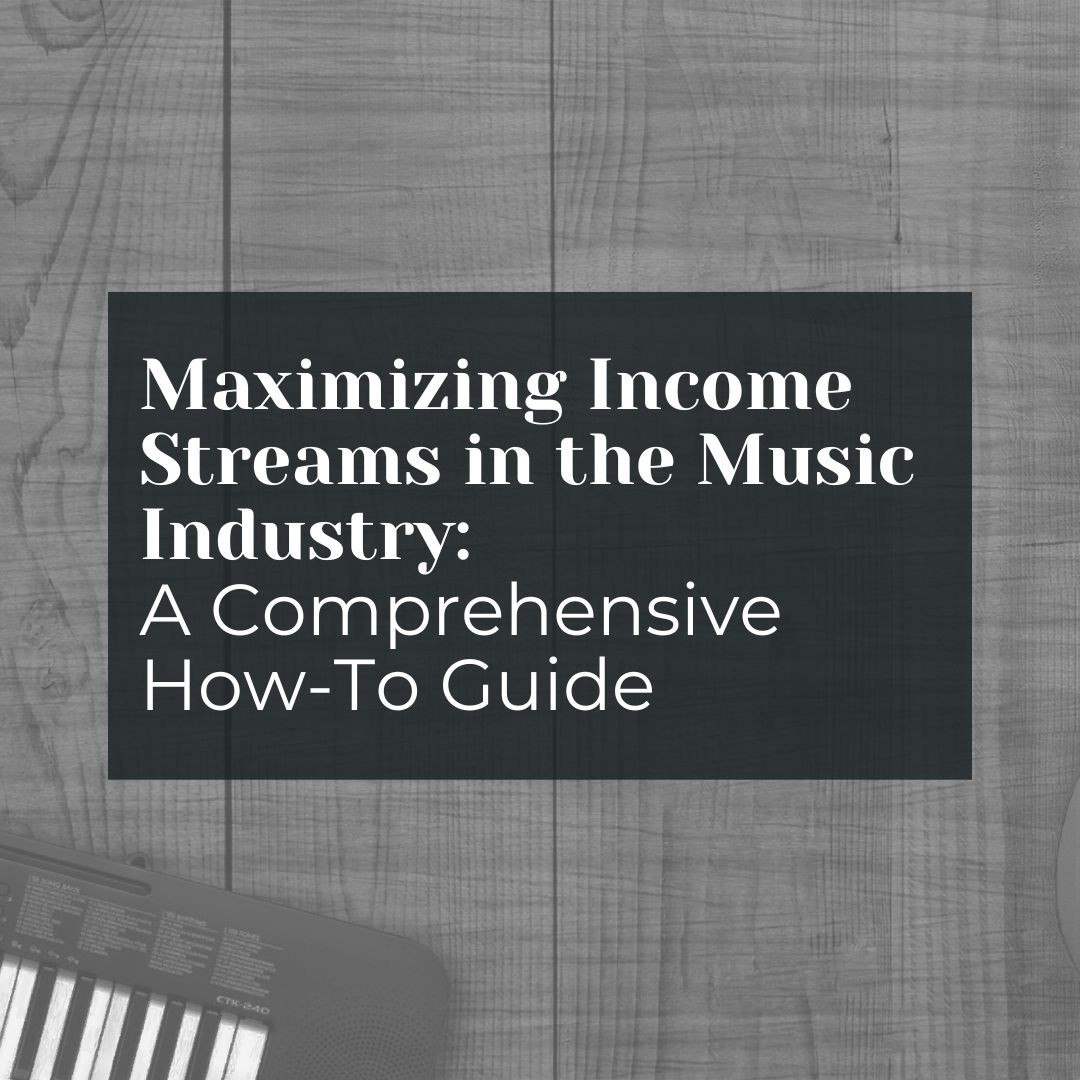




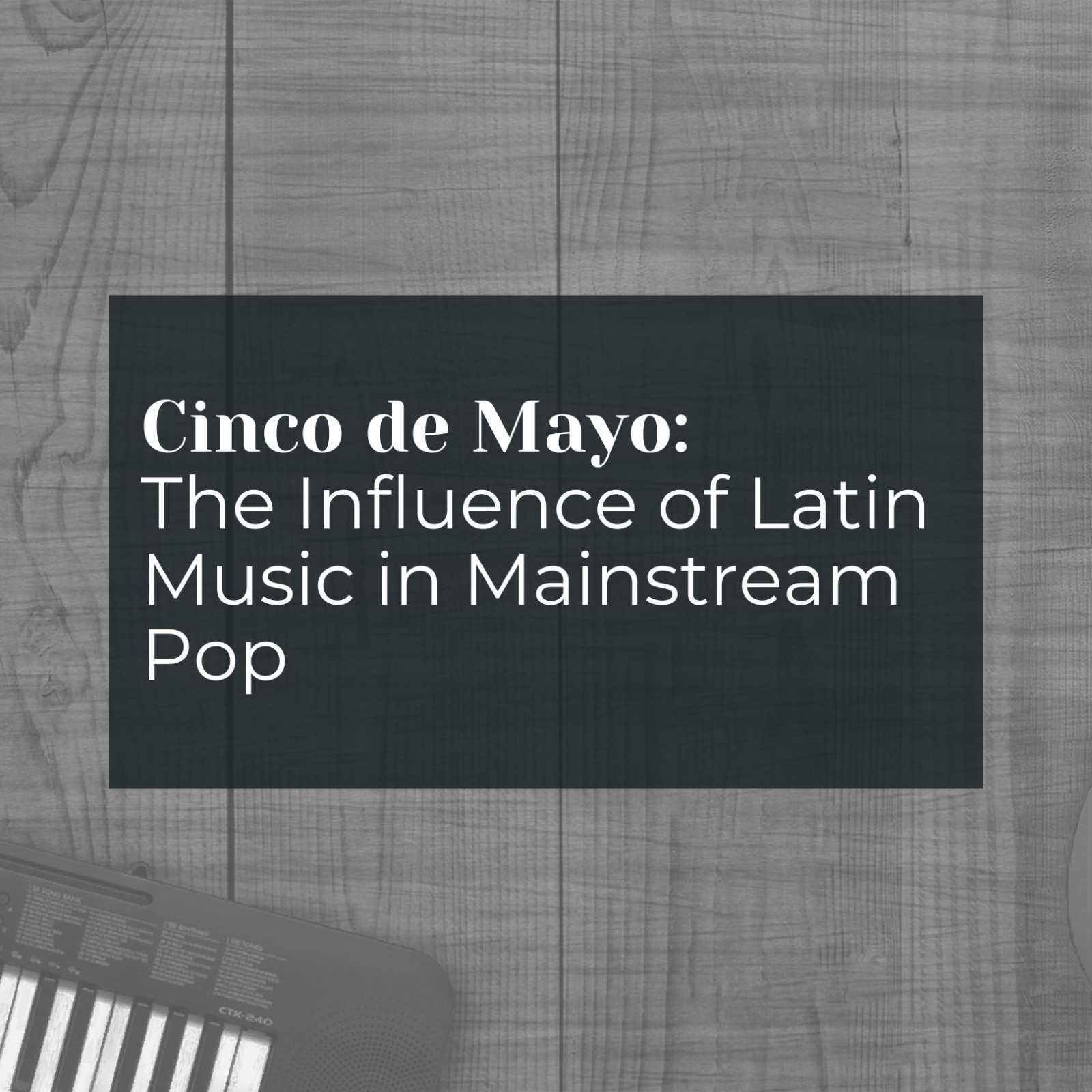
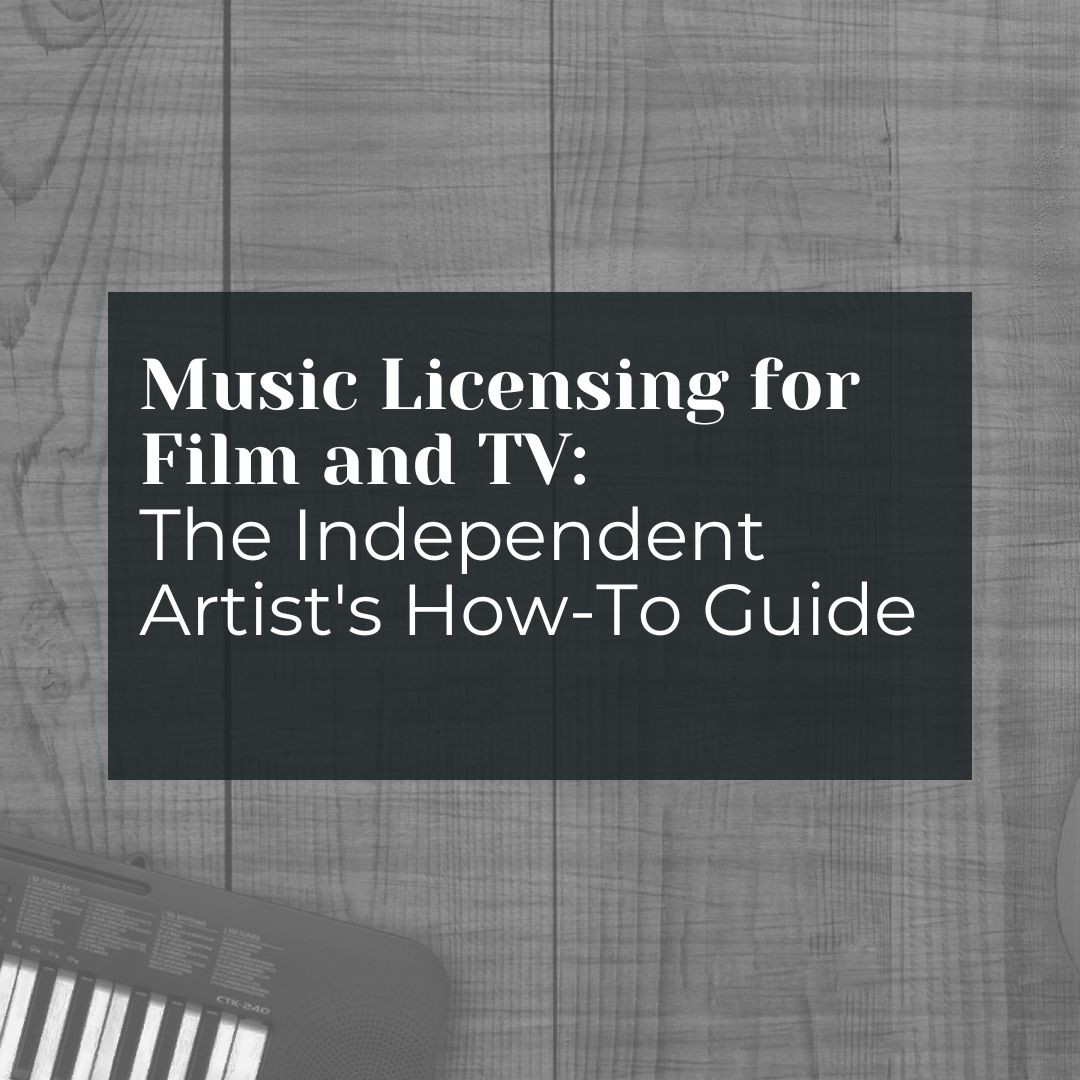
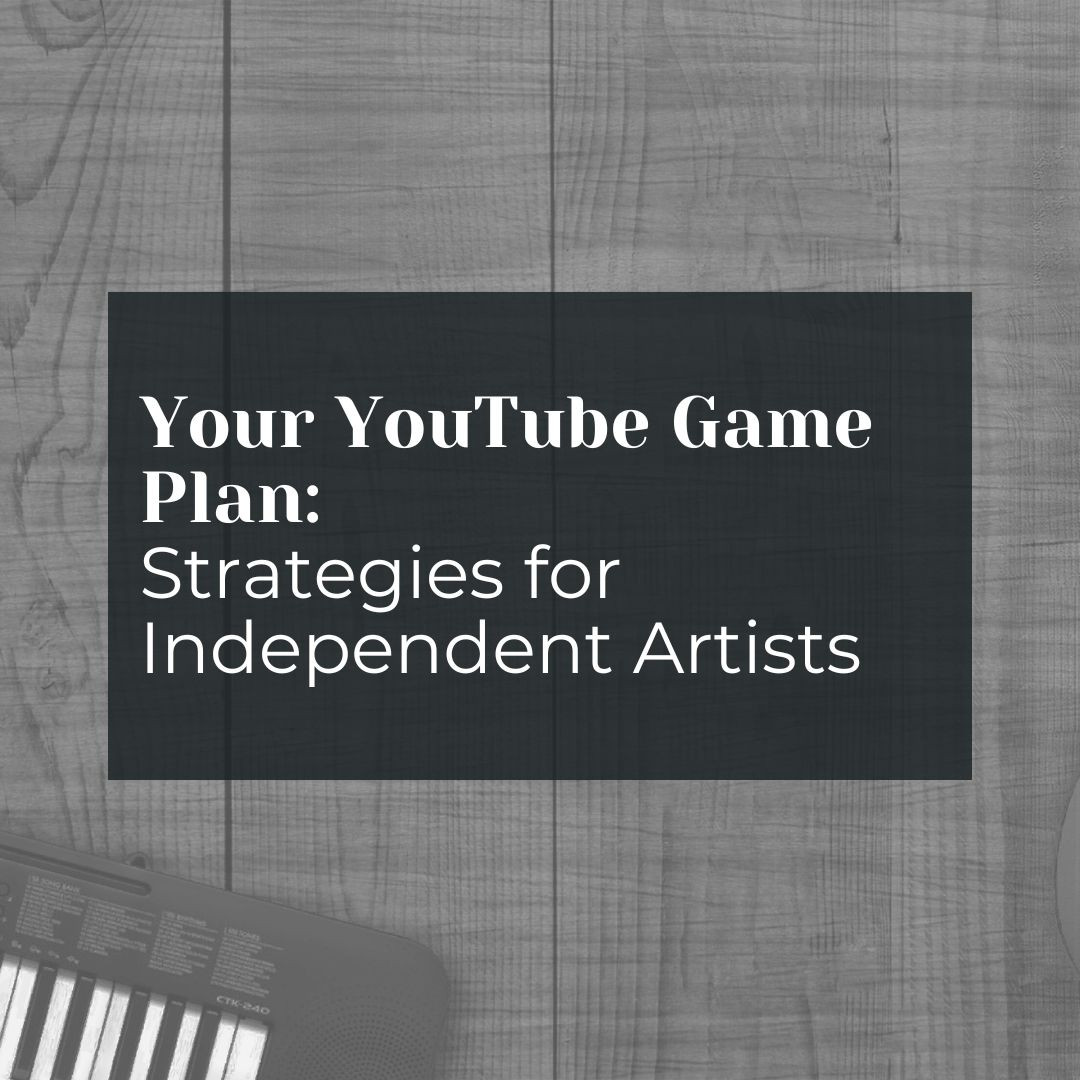
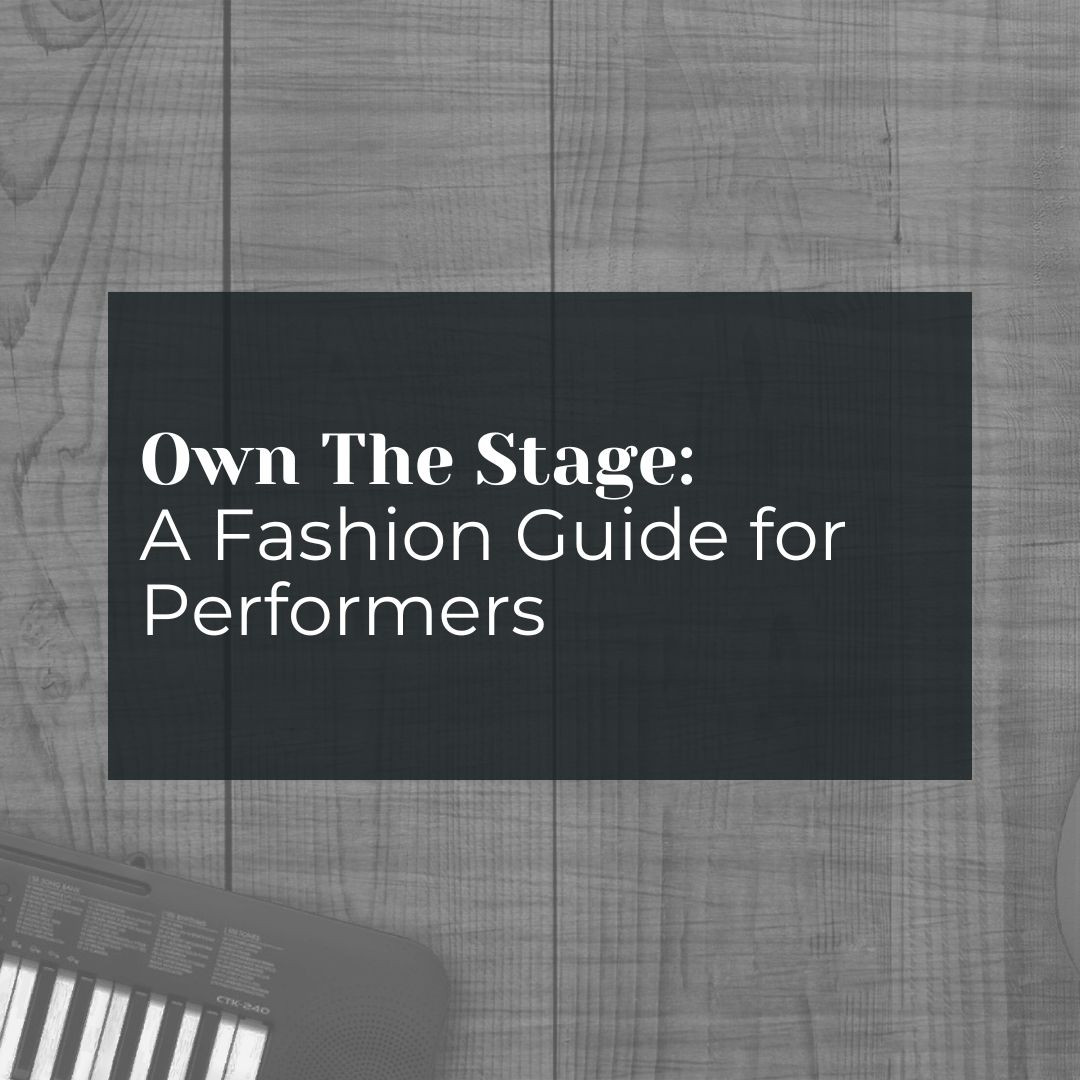

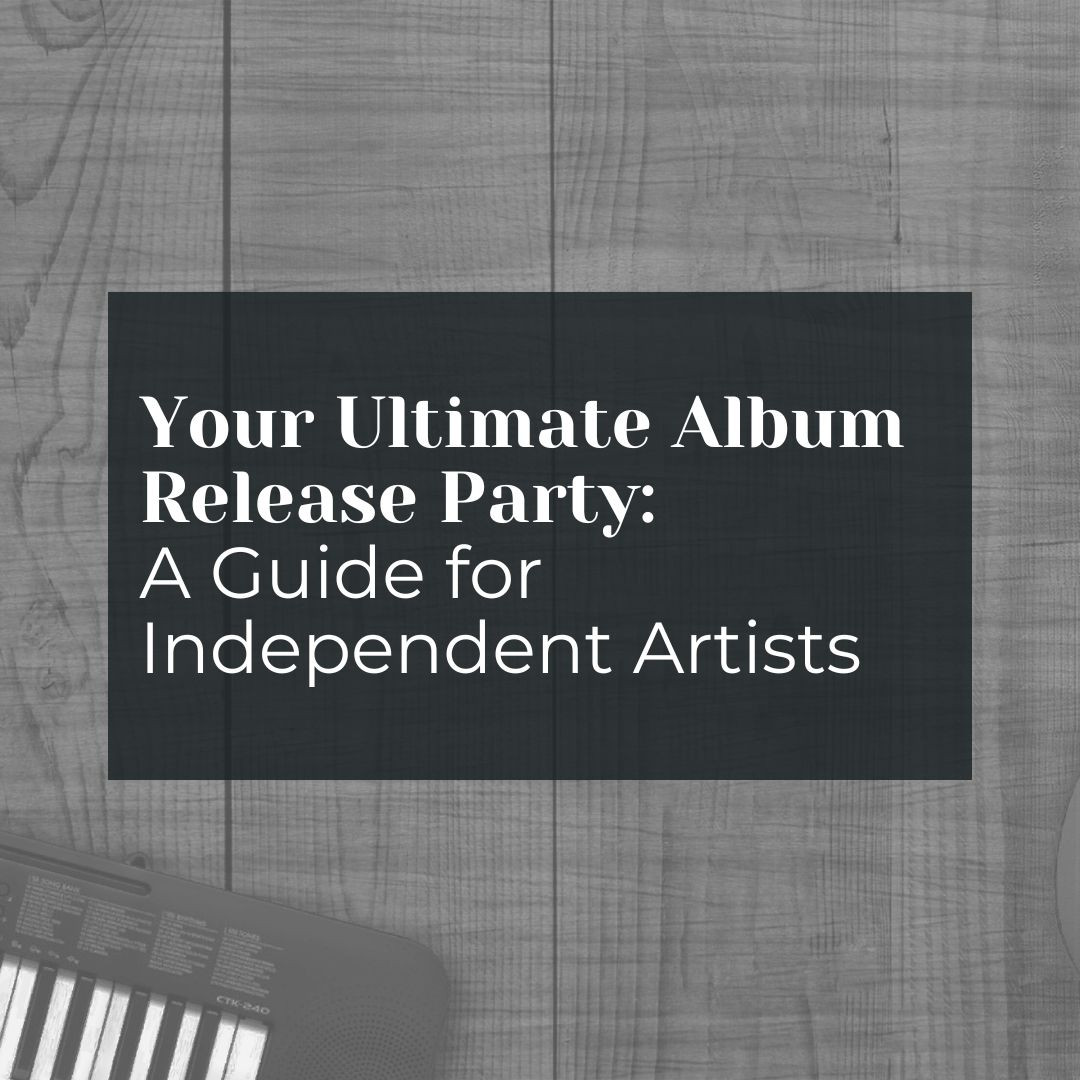
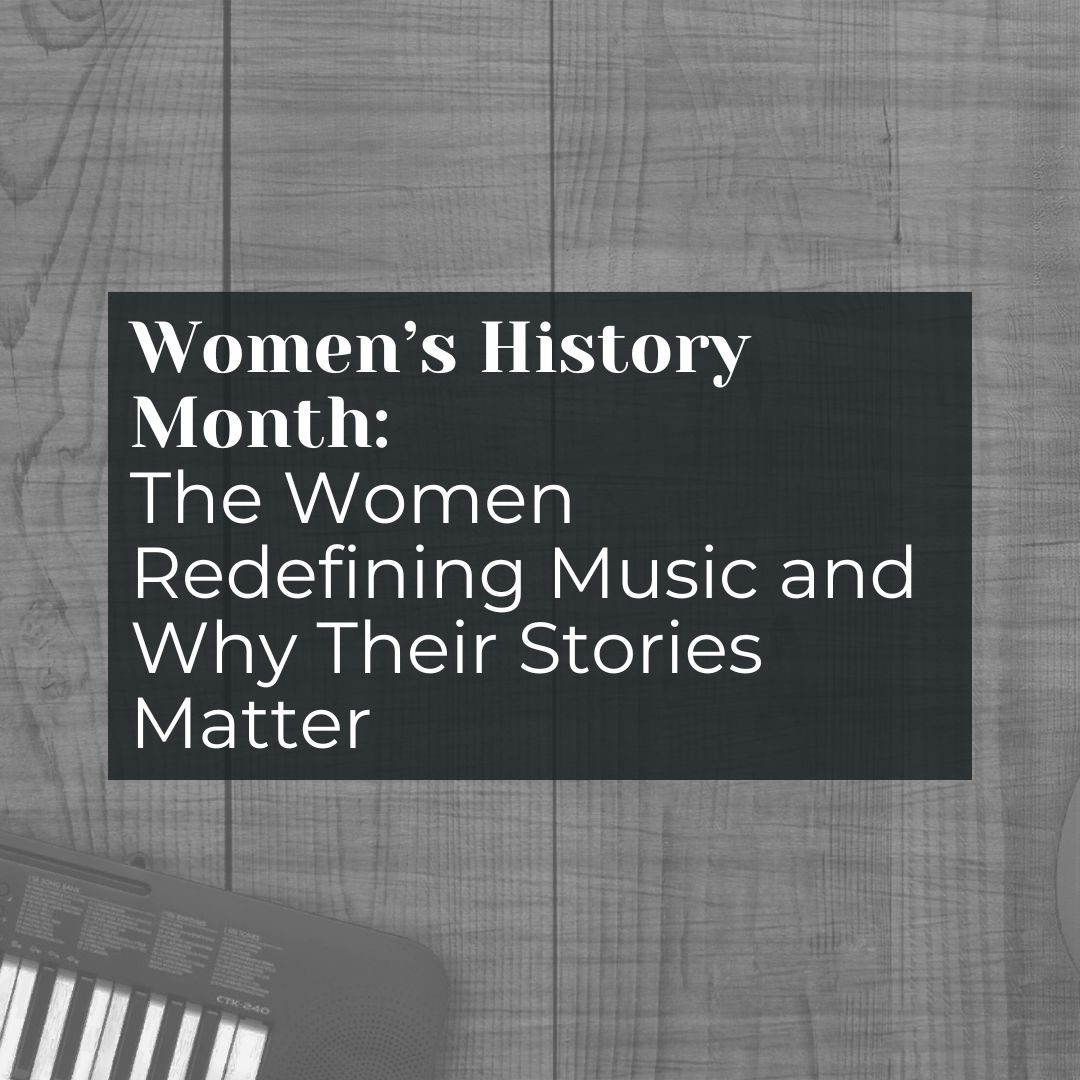
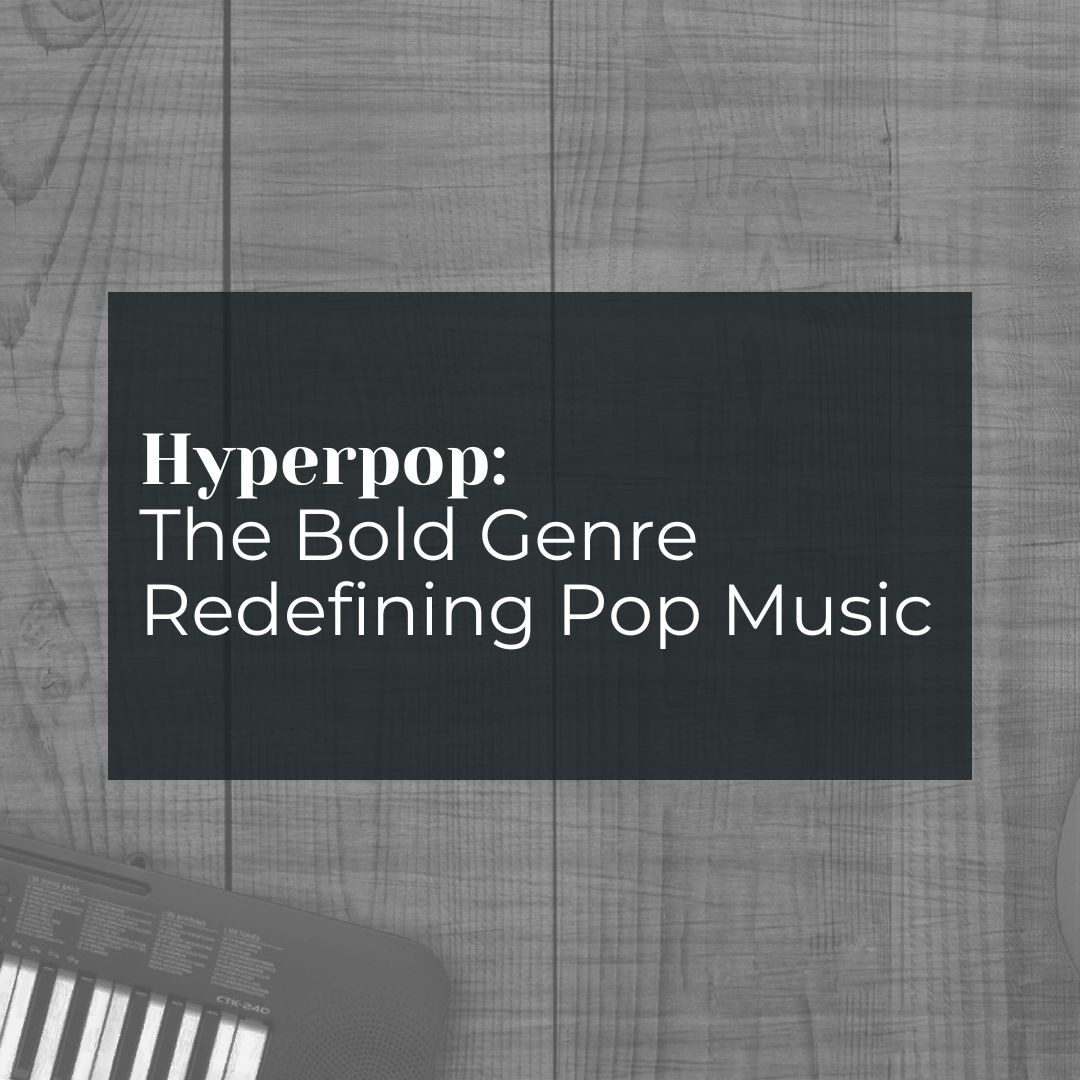

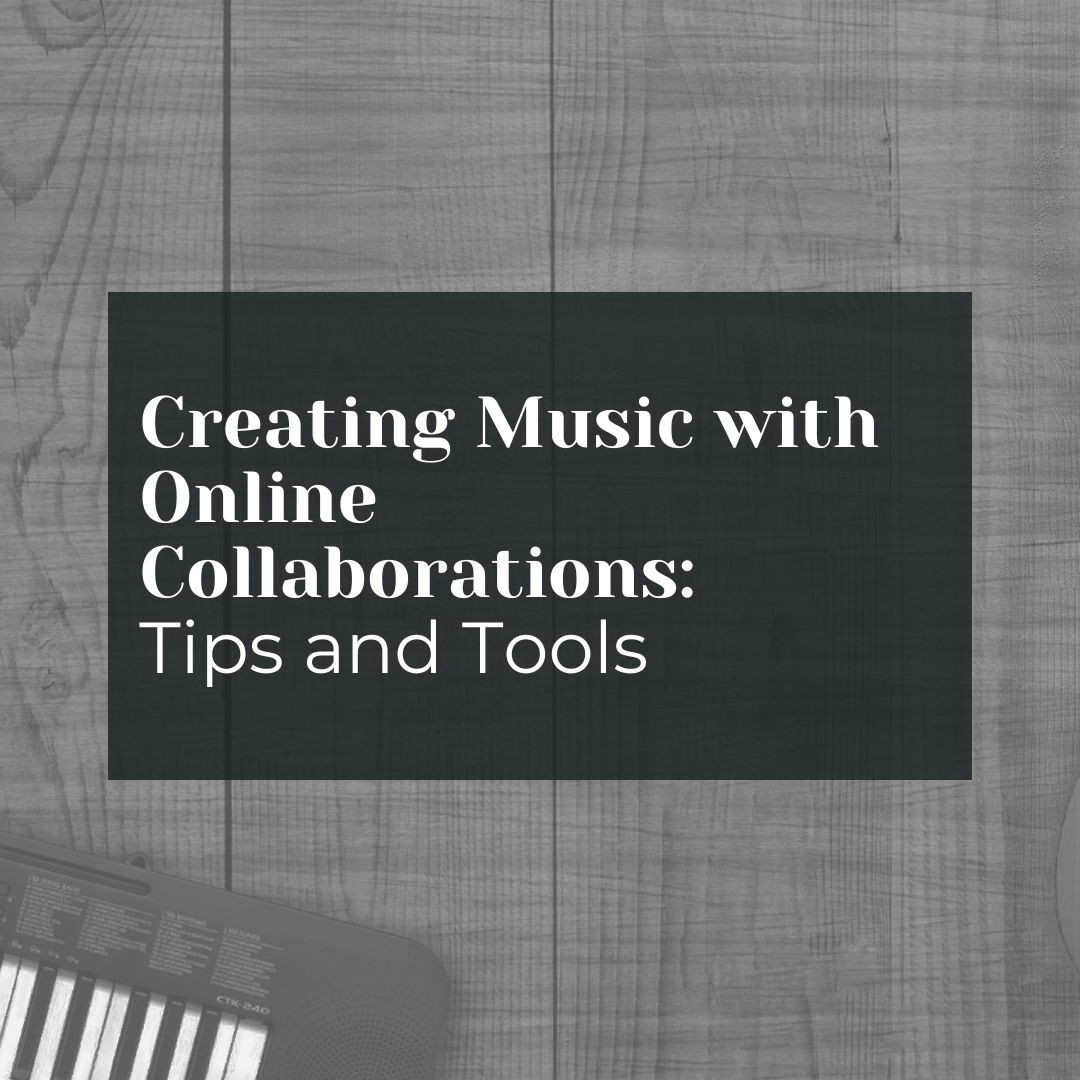

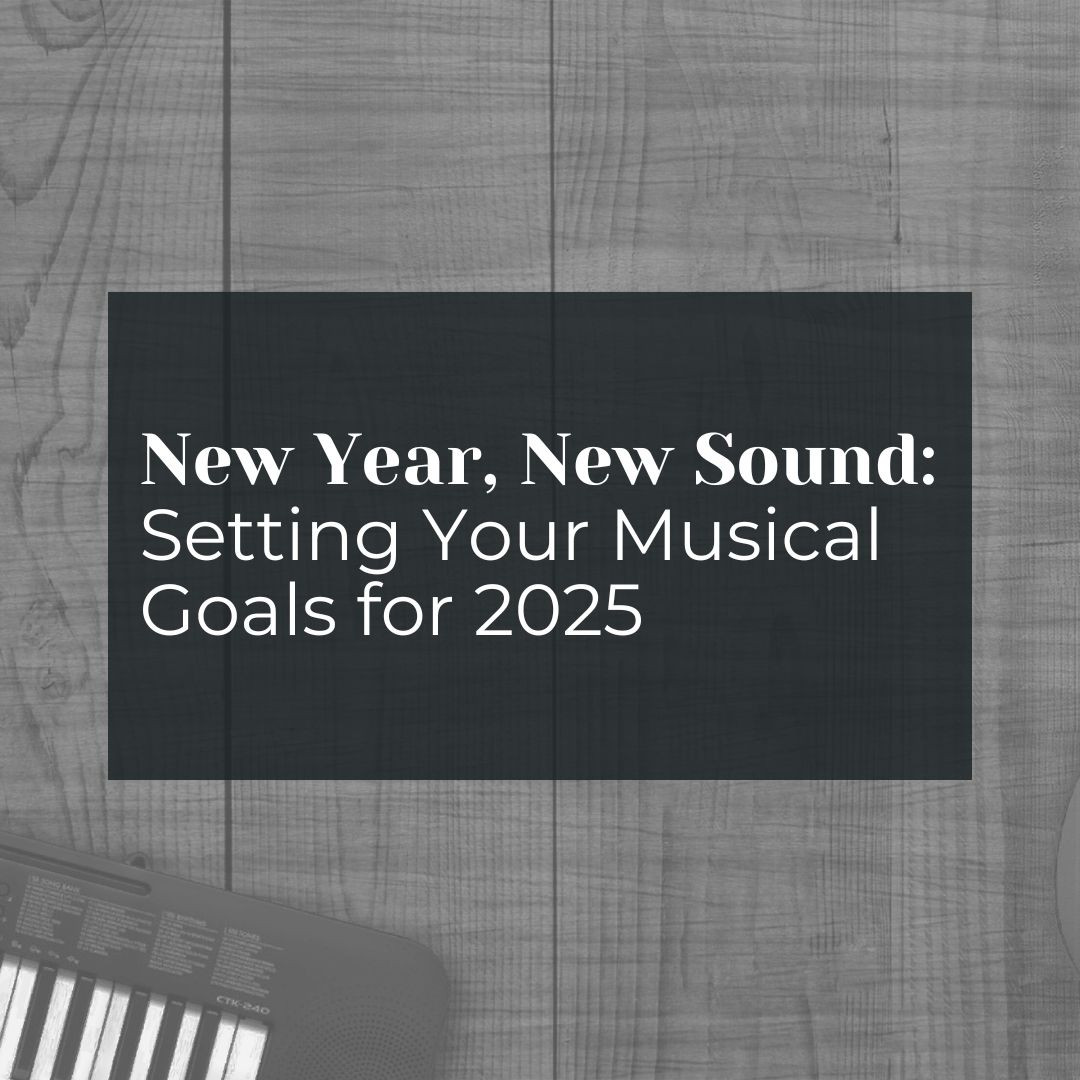
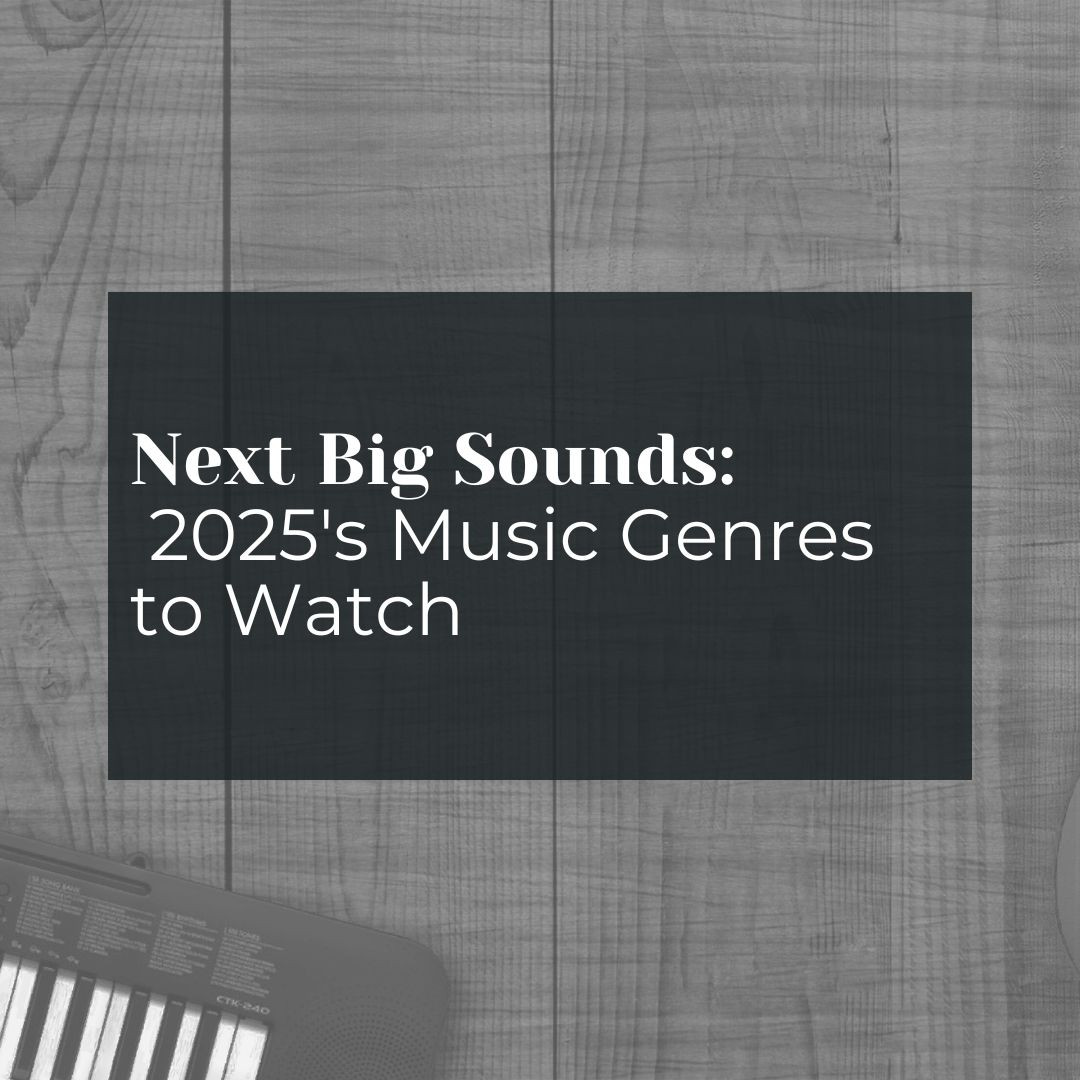
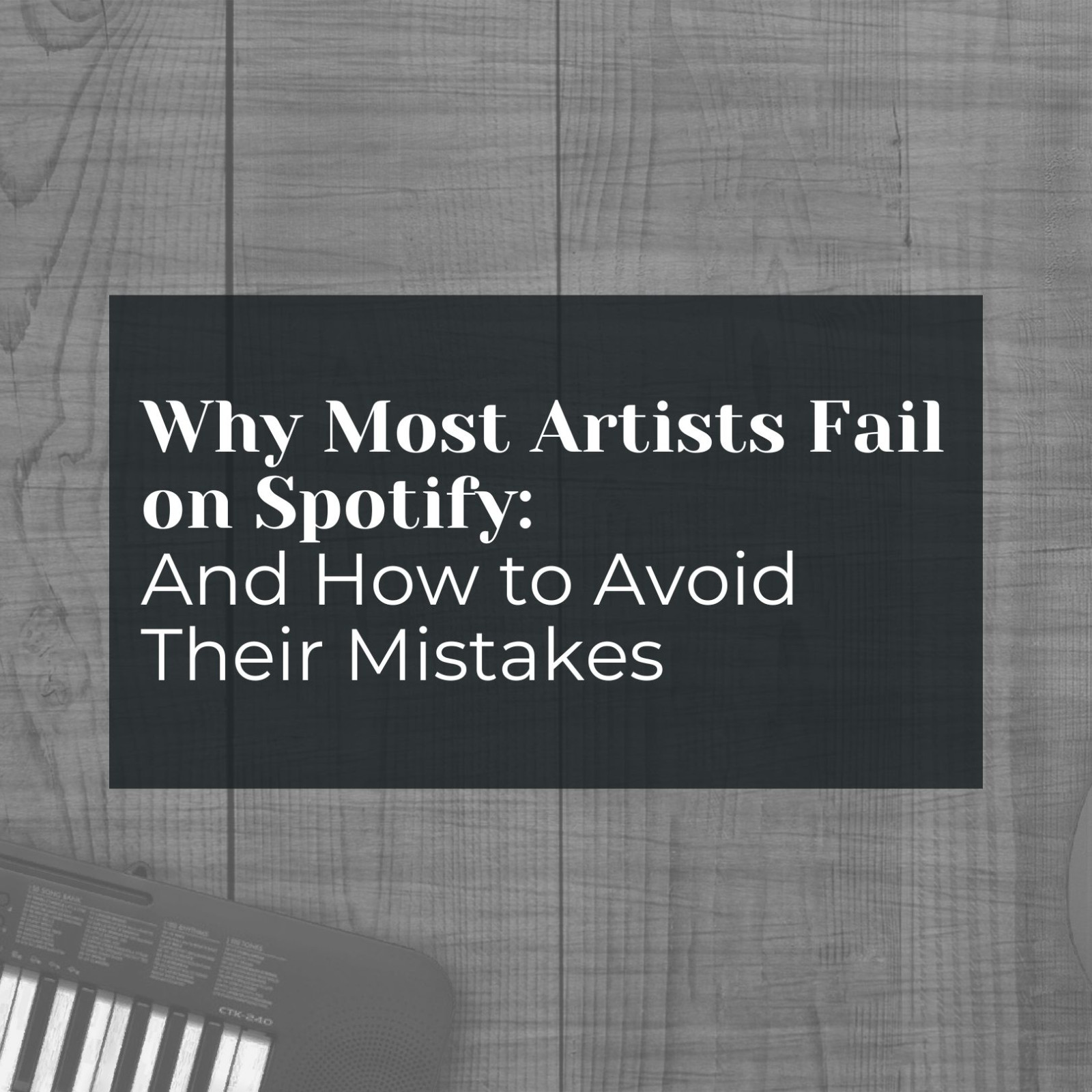





0 Comments